Alabama A&M University’s student-led wildfire fighting squad gives future foresters hands-on experience in wildfire management, supporting firefighting efforts in Alabama’s forests and educating the community about fire prevention.
Johnathan Brown came to Alabama A&M University knowing he wanted to be a forestry major. He also knew he wanted to be a FireDawg.
“My counselor in high school, who also attended AAMU, told me to look into becoming a FireDawg,” he says. “There are not many black Americans in the field of fire, and not many people know you can make a career out of fire and that took it over the top for me.”
Johnathan is currently president of the student-led organization.
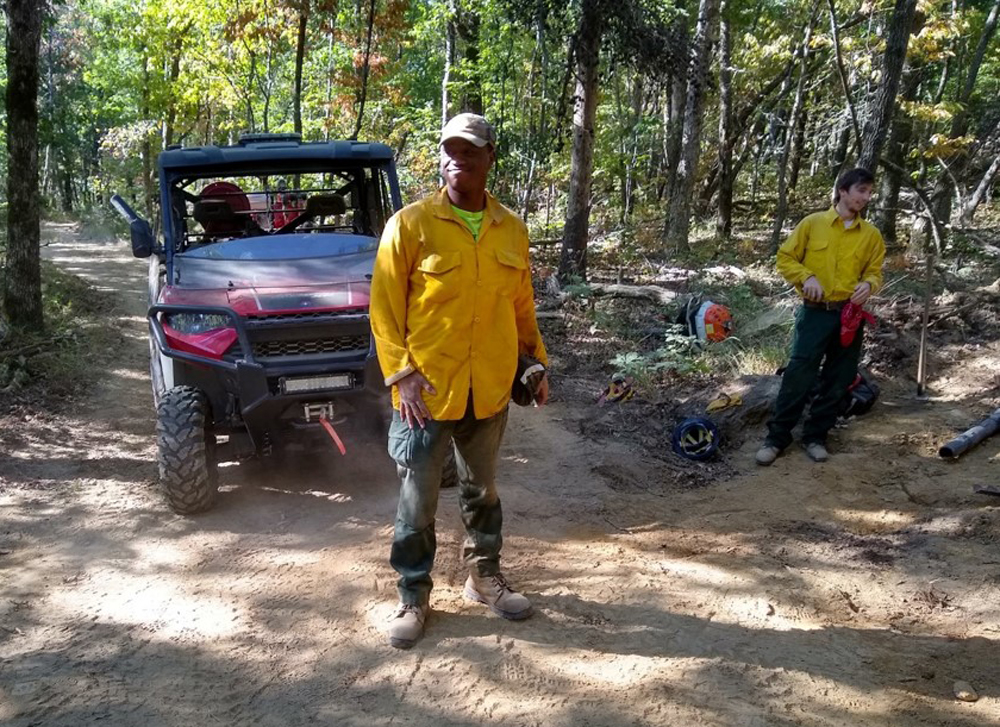
The FireDawgs, launched in 2009, are trained by the Alabama Forestry Commission to fight wildfires, manage controlled burns and educate the public on fire prevention. The organization has been funded by the U.S. Forest Service (USFS) Southern Research Station and Southern Region since 2010. Other partners include the Alabama Forestry Commission, the Birmingham Water Works Board, and the Alabama Prescribed Fire Council. In 2015, the FireDawgs signed a formal 5-year agreement with the Alabama State Park system to implement prescribed burning on state lands.
What Does a FireDawg Do?
There are 21 FireDawgs on this year’s AAMU squad. Most are forestry majors.
“The thing about FireDawgs that makes us unique is we are family oriented,” says Johnathan. “All the way up to graduation, and into careers or graduate school, being a FireDawg connects you to other alumni or incoming freshmen that are trying to find their way through our forestry program.”
Fighting fires together certainly can create family-like bonds, but a future FireDawg’s first challenge comes early on. In order to help fight wildfires, each member has to pass an intense agility test that includes carrying a 45 lb. pack across 3 miles in 45 minutes.
From there, FireDawgs are really put to the test. Students are trained in prescribed burns and wildfire suppression, not in the classroom but with hands-on, live fire experiences. When a wildfire is raging in the state, the Alabama Forestry Commission will reach out to the Dawgs for support.
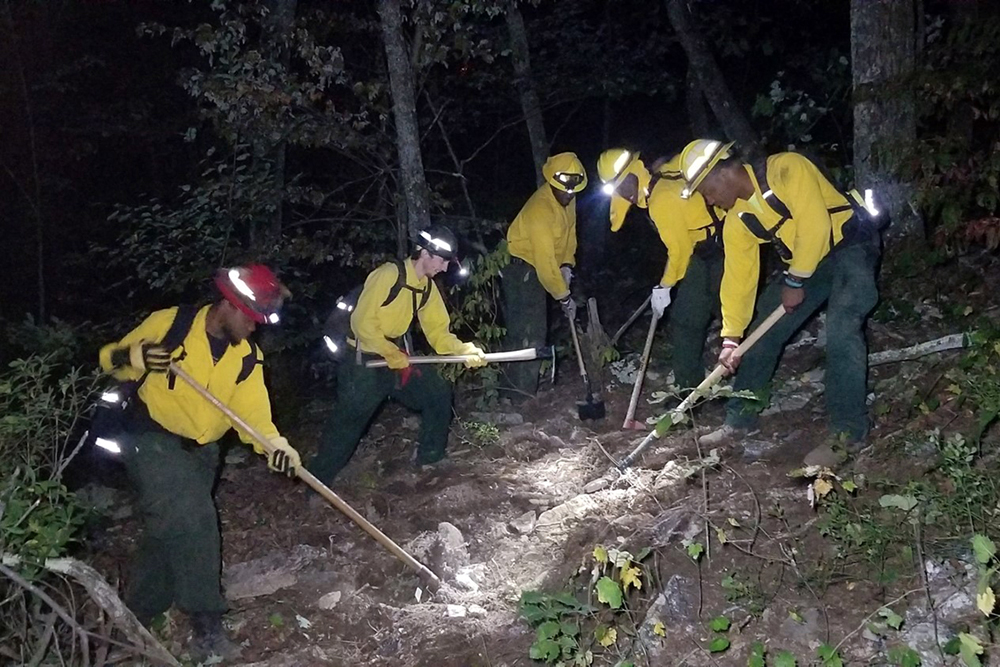
Former FireDawg DeShaun Mincey recalls a time when the group beat the forestry service to a wildfire and led the charge in fighting it on the side of a mountain.
“Our job was to put in fire lines to stop the fire from jumping the field,” he says. “We used chainsaws, rakes and garden hoes.”
When not literally walking through fire, the FireDawgs spread the word about careers in forestry.
“We are available for career days. We will gladly visit elementary, middle, and high schools, conferences and summits to bring more awareness and educate other colleges and universities about what we do and who we are,” says Johnathan.
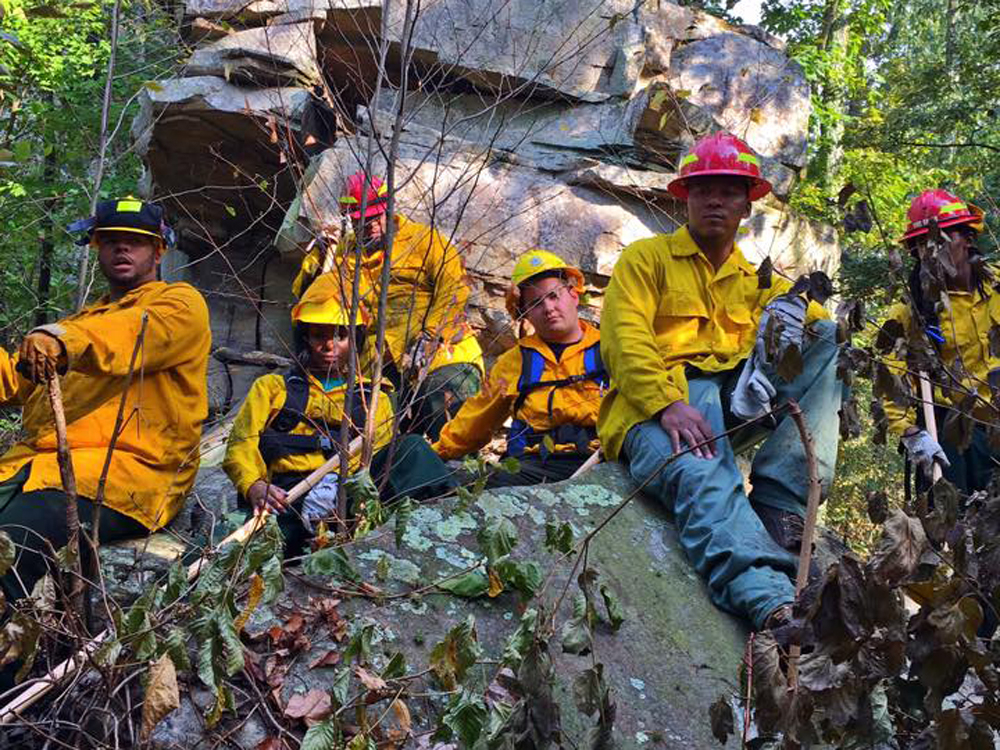
Spreading Like Wildfire
It turns out the Dawgs are pretty good ambassadors for a career in forestry.
DeShaun started at AAMU in 2016 as an environmental science major. He liked being outdoors, so it seemed like a natural fit.
When DeShaun arrived at AAMU, his cousin, a forestry major, introduced him to the FireDawgs’ then faculty advisor, Daryl Lawson. The group dynamic of the Dawgs and the challenges inherent in a forestry career appealed to him. He changed his major to forestry and stayed with the FireDawgs until he graduated in 2020.
Read DeShaun’s full story of his journey from Navy helicopter mechanic to forester in our article, Forestry Puts Alabama A&M Grad in the Middle of the Action.
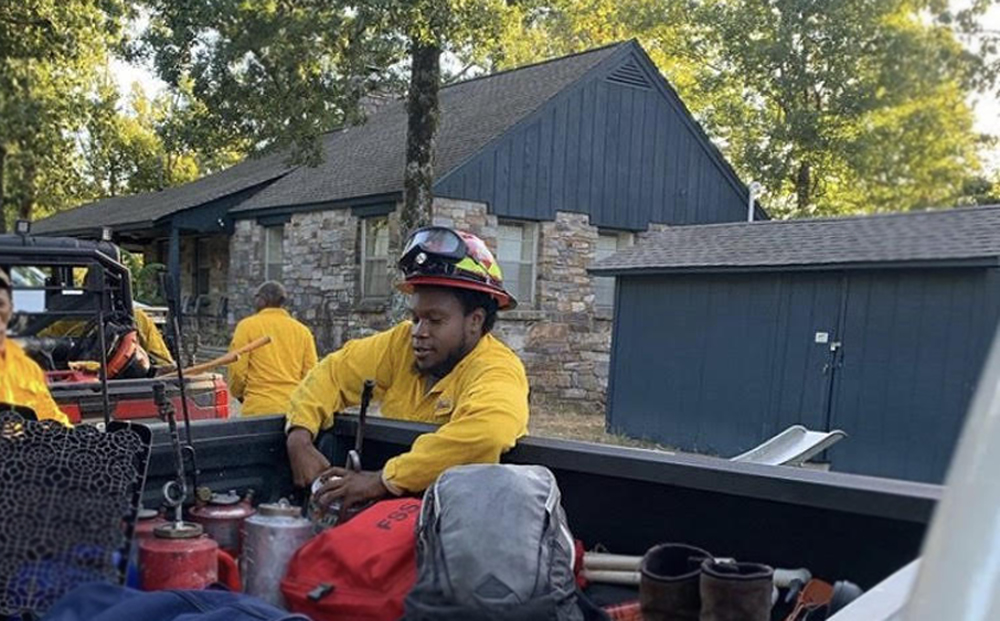
DeShaun is now working as a technical forester at Rayonier’s Jesup, Georgia location.
Even though his job doesn’t involve much burning these days, it is in large part because of the FireDawgs that he found his current career. His time with the FireDawgs also gave him valuable insight into the importance of fire in a sustainable forest ecosystem.
“To be a well-rounded forester you need to know fire,” he says. “You need to know how fires move if you’re out in the woods. If your company needs extra hands on the ground, if they wanted to do a prescribed burn or if they put you in that role as a burn manager, it’s very important as a forester to know fires.”
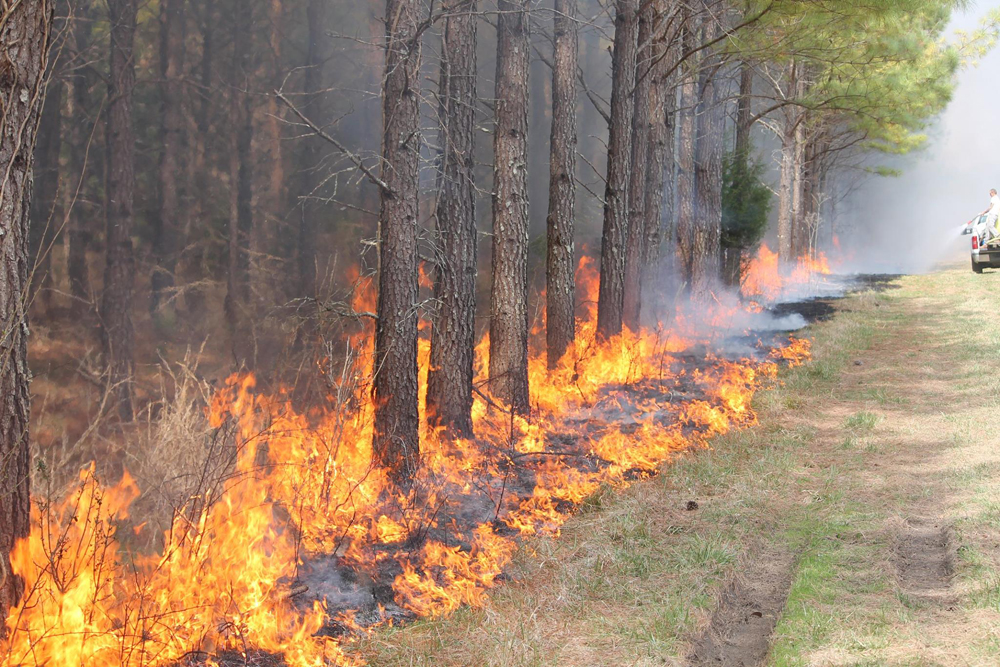
The FireDawgs crew is unique to Alabama, but the idea is spreading like—well—wildfire. The Dawgs have lent advice to the FireCats housed within the forestry department at the University of Kentucky, which had its first fire season in 2014.
The Dawgs have also found opportunities to provide inspiration and support for other Historically Black Colleges and Universities in creating their own student-led fire programs. Collaborations among HBCUs “stoke the pipeline for training forest fire fighters from diverse backgrounds,” according to AAMU sources, and support from an established group could help other HBCUs build deeper capacity for training students in high-demand forestry careers.
Jobs for Dawgs
Johnathan will graduate in May 2022. He is currently working as an intern for the U.S. Forest Service in Washington state. Post-graduation, he plans to return to Washington and work toward a master’s degree. “Afterwards, I would like to make my way through the different regions of the Forest Service so that I can appreciate the different cultures of the United States and then settle here in Alabama,” he says.
Johnathan draws a direct connection from the lessons he’s learned as a FireDawg to his future career ambitions.
“Being able to come into college and have hands-on experience as a freshman in fire has allowed me to gain knowledge quicker than my peers at other schools,” he says. “Gaining knowledge as a FireDawg has equipped me to be prepared and to know what to look for and ask the right questions in the field. Not only that, being a FireDawg has helped me develop myself as a team player and a leader.”



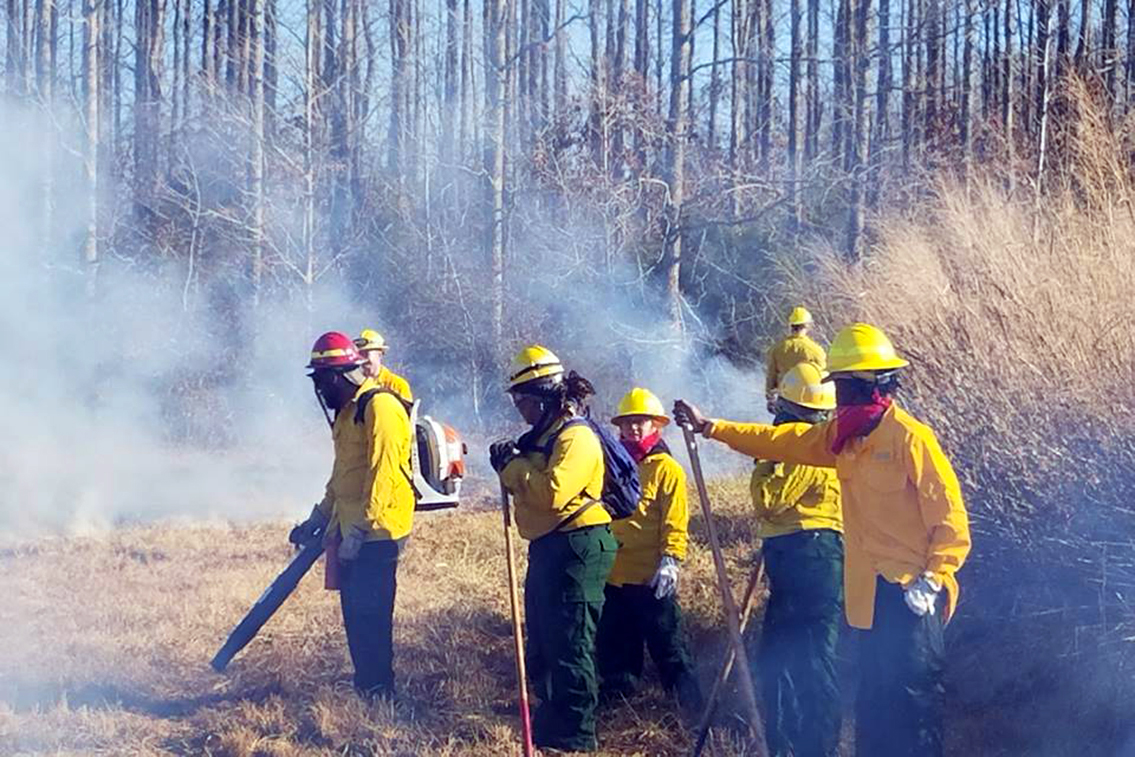


Leave a Comment